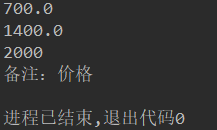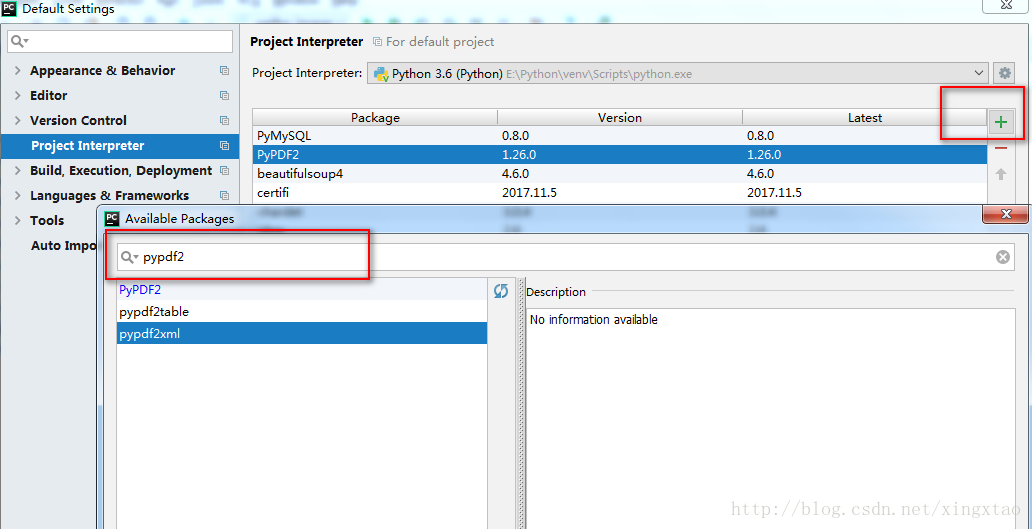Python高级property属性用法实例分析
本文实例讲述了Python高级property属性用法。分享给大家供大家参考,具体如下:
property属性
1.property属性:
是一个提高开发者用户体验度的属性,可以将一个函数改造的像属性一样。
例:
# 定义的时候像是一个函数 使用的时候和属性的方式是以样的
class Foo(object):
@property
def money(self):
return 100
# f = Foo()
# m = f.money()
# print(m)
f = Foo()
print(f.money)
执行结果:

2.property简单应用:
例:根据当前页数和每页显示数据条数,计算出该页起始编号和结尾编号
class Pager:
def __init__(self, current_page):
# 用户当前请求的页码(第一页、第二页...)
self.current_page = current_page
# 每页默认显示100条数据
self.per_items = 100
@property
def start(self):
val = (self.current_page - 1) * self.per_items + 1
return val
@property
def end(self):
val = self.current_page * self.per_items
return val
p = Pager(2)
print(p.start)
print(p.end)
执行结果:

3.装饰器方式:在方法上应用装饰器
三种@property装饰器:
class Goods:
@property
def price(self):
print('@property')
@price.setter
def price(self, value):
print('@price.setter')
@price.deleter
def price(self):
print('@price.deleter')
# ############### 调用 ###############
obj = Goods()
obj.price # 自动执行 @property 修饰的 price 方法,并获取方法的返回值
obj.price = 123 # 自动执行 @price.setter 修饰的 price 方法,并将 123 赋值给方法的参数
del obj.price # 自动执行 @price.deleter 修饰的 price 方法
例:
class Goods(object):
def __init__(self):
self.org_price = 1000 # 价格
self.discount = 0.7 # 折扣
@property
def price(self):
val = self.org_price * self.discount
# 返回价格*折扣
return val
@price.setter
def price(self, new_val):
# 接收val,将价格修改为val
self.org_price = new_val
@price.deleter
def price(self):
# 将折扣修改为1(删掉折扣)
self.discount = 1
g = Goods()
print(g.price)
g.price = 2000
print(g.price)
del g.price
print(g.price)
执行结果:

4.类属性方式:在类中定义值为property对象的类属性
属性名 = property(获取, 修改, 删除, 备注)
例:
class Goods(object):
def __init__(self):
self.org_price = 1000 # 价格
self.discount = 0.7 # 折扣
def get_price(self):
val = self.org_price * self.discount
# 返回价格*折扣
return val
def set_price(self, new_val):
# 接收new_val,将价格修改为new_val
self.org_price = new_val
def del_price(self):
# 将折扣修改为1(删掉折扣)
self.discount = 1
price = property(get_price, set_price, del_price, "备注:价格")
g = Goods()
print(g.price) # 获取商品价格
g.price = 2000 # 修改商品价格
print(g.price)
del g.price # 删除商品折扣
print(g.price)
print(Goods.price.__doc__)
执行结果:

更多关于Python相关内容感兴趣的读者可查看本站专题:《Python面向对象程序设计入门与进阶教程》、《Python数据结构与算法教程》、《Python函数使用技巧总结》、《Python字符串操作技巧汇总》、《Python编码操作技巧总结》及《Python入门与进阶经典教程》
希望本文所述对大家Python程序设计有所帮助。
